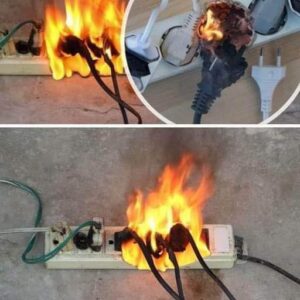With an increasingly diverse workforce, more attention is being drawn to a lack of inclusive personal protective equipment (PPE) for women in construction and what impact this can have on health and safety.
The lack of suitably-fitting PPE for women hit the headlines during the COVID-19 pandemic, when many female healthcare workers reported that items such as masks and gowns were designed for men and did not fit them properly, putting them at serious risk of infection. A 2021 report from Women in Global Health said that: “despite women making up 70 per cent of frontline health positions and 72 per cent of skilled health occupations globally, PPE is still designed for men.”
This issue extends to more traditionally male-dominated fields such as construction, which has seen a substantial rise in the number of women workers over the last few years.
Katy Robinson works as a construction project manager in the UK and is the campaign manager and founder of the National Association of Women in Construction (NAWIC) Yorkshire group. In August 2023, the group launched a campaign on women and PPE, with the aim of raising awareness of the women’s personal protective equipment that is available on the market.
So why is this such an important issue?
“Men and women have very different body shapes,” Katy says. “Originally PPE was developed back in the 1950s and was based on the equipment used for white, male military personnel, so it doesn’t reflect women and doesn’t reflect the average construction worker. We want to take into account the user’s individual sizing.
“I’ve spoken to a lot of men who say, well my PPE doesn’t fit either, so it shows there’s a problem with the whole stock and standard of PPE. We have an industry that is increasingly inclusive, and we need to reflect that in our health and safety.”
Katy explains that having the right fit when it comes to PPE is crucial for the safety and health of workers: “We looked into what the impacts of ill-fitting PPE are on both men and women. We found that for women, there were quite a lot of effects in terms of their experience at work – so this could be things like their self-confidence, even their work performance. If you’re wearing hi-vis trousers that don’t fit properly, are too tight in some places and too loose in others, you’re not going to have a good range of motion, and this limits your ability to work.
“We found that a lot of women had experienced accidents, for instance slips, trips and falls due to ill-fitting boots. If a harness isn’t fitting properly and the user were to fall, then it could cause suspension trauma or even cause them to fall out of the harness.
“In addition, gloves are usually designed for a larger hand size than the average woman. It’s not just a hindrance on site – they could get caught in machinery or tools and cause an accident.”
“We’ve found that in a lot of cases, when women are having issues with their PPE, they will just take it off. They’ll just work without gloves that are too big or safety glasses that keep falling off, so the PPE then becomes completely pointless. We understand that PPE is often the final thing on the risk assessment, but it can actually make things worse in some circumstances.”





